Milling techniques vary widely, from face milling, to surface refinement to end milling for designing intricate shapes, by offering reliability, and precision in products.
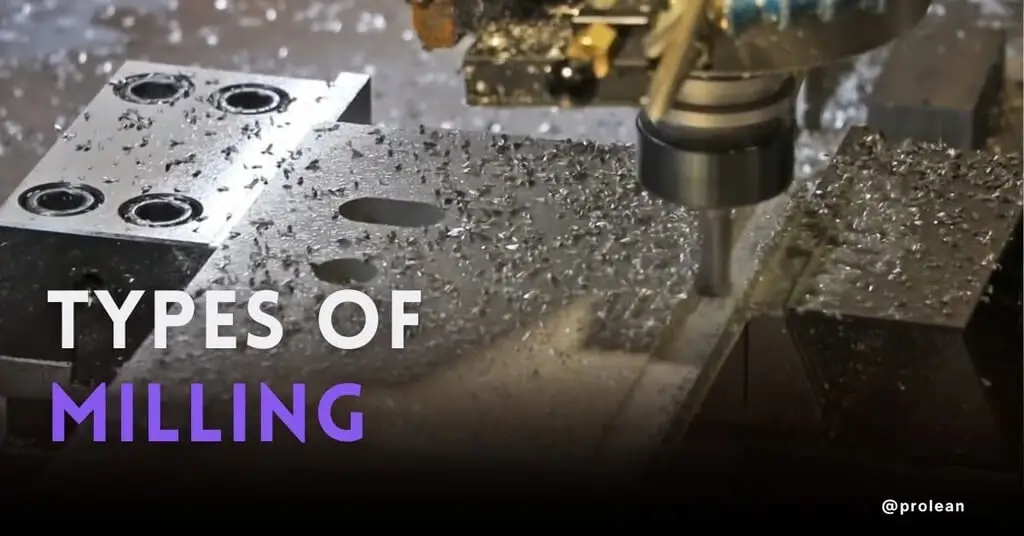
Milling machines are used in metal-cutting industries; there is a rotating cutter to cut metal on a CNC machine. These cutters operate at high speeds for cutting metals, and the cutting periphery defines the intended amount of material to be machined. Milling machines are designed to accept more than one cutting tool at a time, making them more versatile than other CNC operations. They are very useful in workshops because of their precision and efficiency and can cut through metal faster than shapers, planers, or standard lathes. This article provides valuable information on 15 types of milling. Let’s get started!
Try Prolean Now!
Explore 15 Common Types of Milling
CNC milling is one of the advanced machining techniques involving essential tools employed in high-quality production activities due to its high surface finish and accuracy. Milling machines are of various types, each designed for a particular milling process. Below are some of the most critical types of milling.
Slot Milling
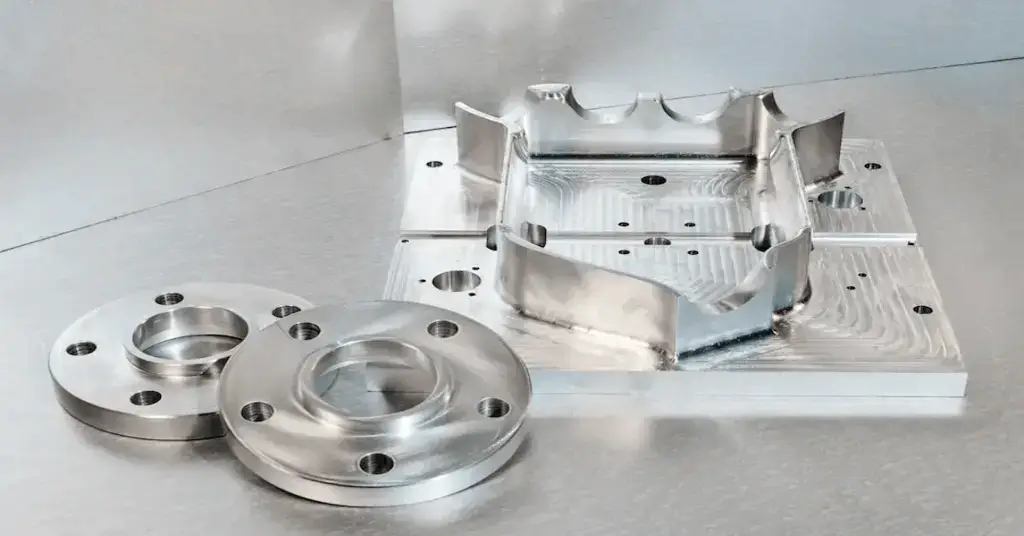
Slot-milled precision parts
Slotting Milling is a form-cutting operation in which a slot or channel is removed from the job material. This is done using appropriate cutting tools, such as end mills or slotting cutters, to cut slots in the material. These tools are employed to create slots of different dimensions. Slot cutters are available only inside positions, while end mills can be used inside and at end positions. Therefore, slot milling makes blind slots that start from a hole.
End Milling
End milling is the process of using the end of a cylindrical cutting tool, called an end mill, to cut the surface of the workpiece. This process is done by inserting the material’s slots, pockets, and contours. End milling is flexible and can create precise cuts to produce complex geometric forms.
Thread Milling
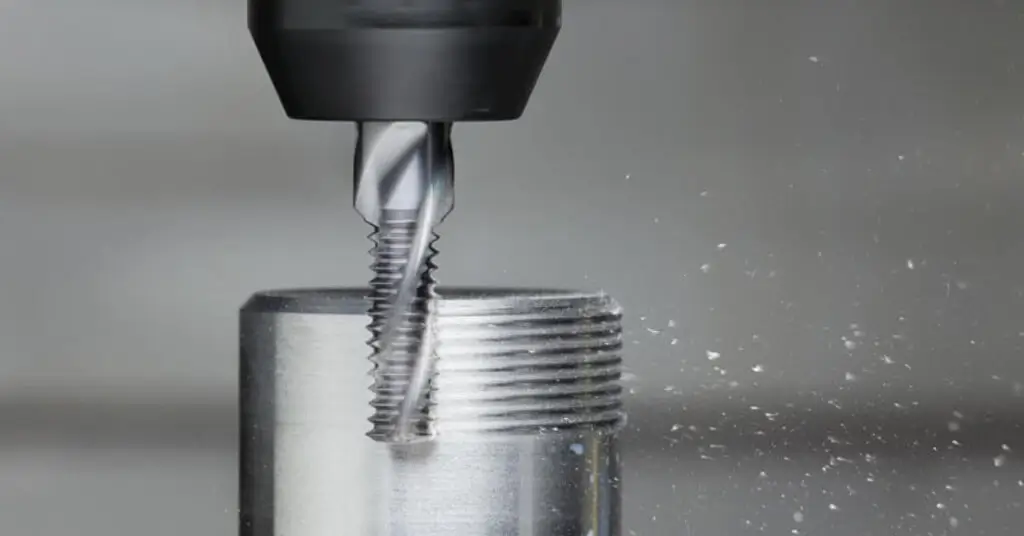
Thread milling
Thread milling is a process of cutting threads on the workpiece with a sharp-edged cutting tool. This tool is employed similarly to taps or dies but is more versatile in producing various thread forms and increasing tool life. Thread milling is applied where high accuracy and strength of threads in a given part or component are needed.
Face Milling
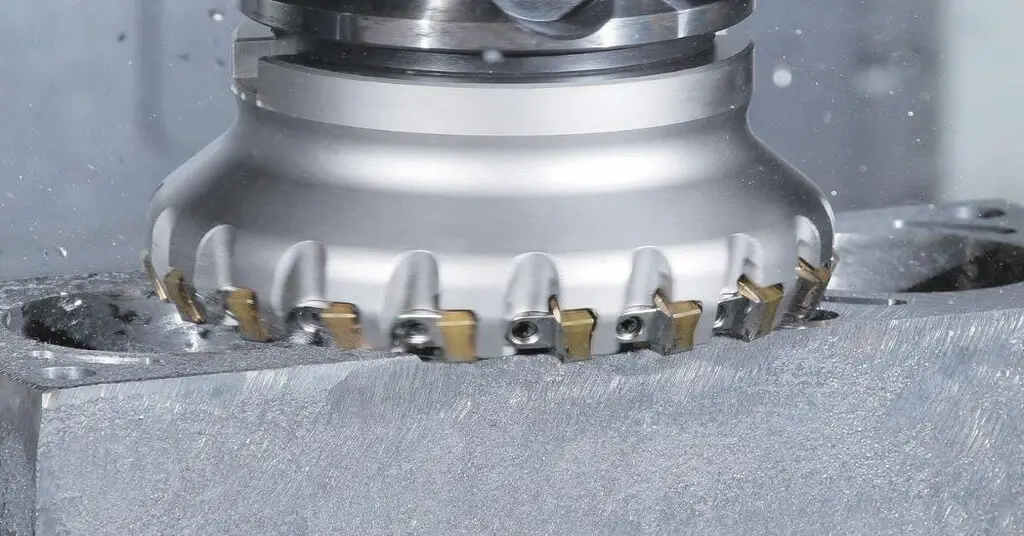
Face milling
The face milling process entails cutting; in this process, a tool known as a face mill with a flat cutting edge is used to cut the material. Subsequently, the tool is dragged over the surface to be flattened to create a smooth, flat surface. This technique is suitable for flat and wide areas like engine blocks and metal plates, but slanted regions can also be made depending on the position of the tool’s arbor.
Profile Milling
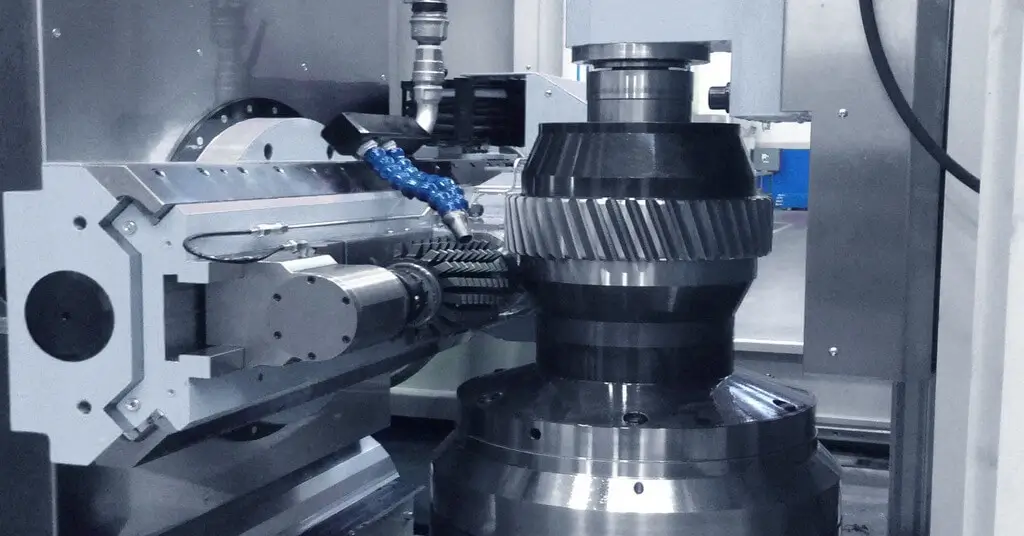
Profile milling
Profile milling is a unique process used to produce various forms and edges on the required surface of a given material. This method uses a tool with more than one edge; it has a ball-shaped end and works along a set path. The ball-ended tool is most useful when removing sharp edges, which the corners of other tools may have. Several machine axes generally outline the required shape, and some operations may be performed with fewer axes. This technique is widely used in molding and tooling industries and manufacturing parts with intricate surface shapes. Profile milling is popular among types of milling for its high dimensional accuracy and precision. Therefore, it is applied to create complicated forms. Another area of use for CNC machines is profile milling because this type of machine can manage several axes, which is difficult to manage manually.
Gear Milling
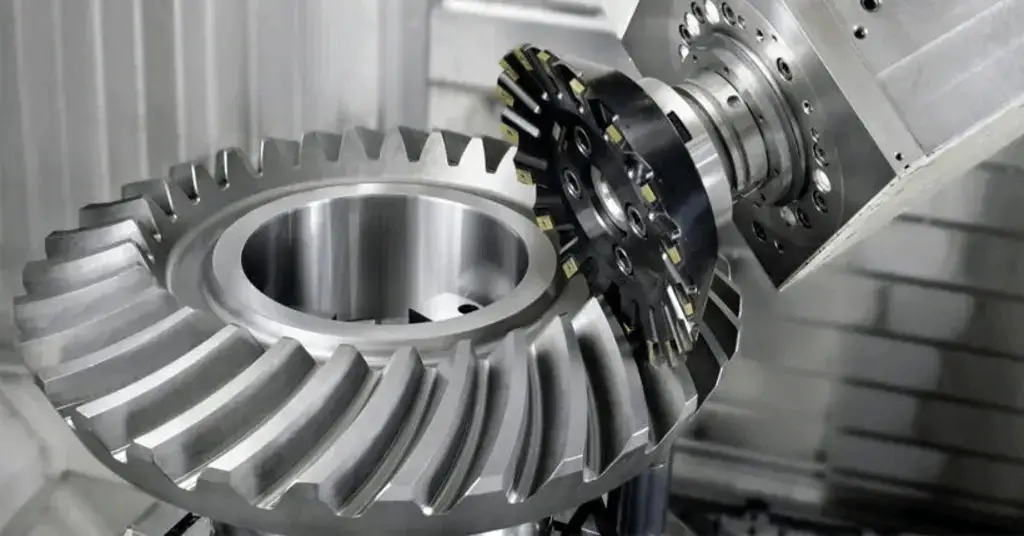
Gear-milling
Gear Milling – a particular type of milling operation in which gears or teeth of gears are generated with the help of gear cutting tools such as gear hobbing cutter or gear milling cutter. This method is critical, especially in the automotive and machinery industries, where the formation of gear teeth is essential for transmitting power and directing movement. It is possible to mill gears on CNC and manual milling machines, producing numerous gears, including spur, helical, and bevel gears.
Shoulder Milling
Shoulder milling is a method of cutting material off the side or shoulder of the workpiece. This is done with a side cutter, which shaves material to give a flat shape per the design. Shoulder milling effectively creates the right size of shoulders and steps in several parts and details.
Saw Milling
Sawmilling uses a cutter with a large diameter and several teeth around the circumference to shave a workpiece into thin plates or parts. These tools, resembling circular saw blades, can cut in various modes: to machine the material in a direction across or along the axis in a conventional or climb milling manner. They are also known as slitting wheels, but the process is known as slitting instead of sawmilling.
Side Milling
A side milling milled the job piece from the sides with the help of a milling cutter or an end mill. It is used in making shapes, flat surfaces, or forming shapes such as slots, grooves, or pockets.
Gang Milling
Gang milling involves mounting several cutting tools on the same spindle, including the end and slab mills. This allows some operations to be performed simultaneously, thus improving the machining and efficiency rate. Gang milling can mill out shapes and thin sections of material such as engine crankcases, transmission cases, etc., and is helpful in parts that have to perform multiple operations in one cycle, such as injection molding.
Angle Milling
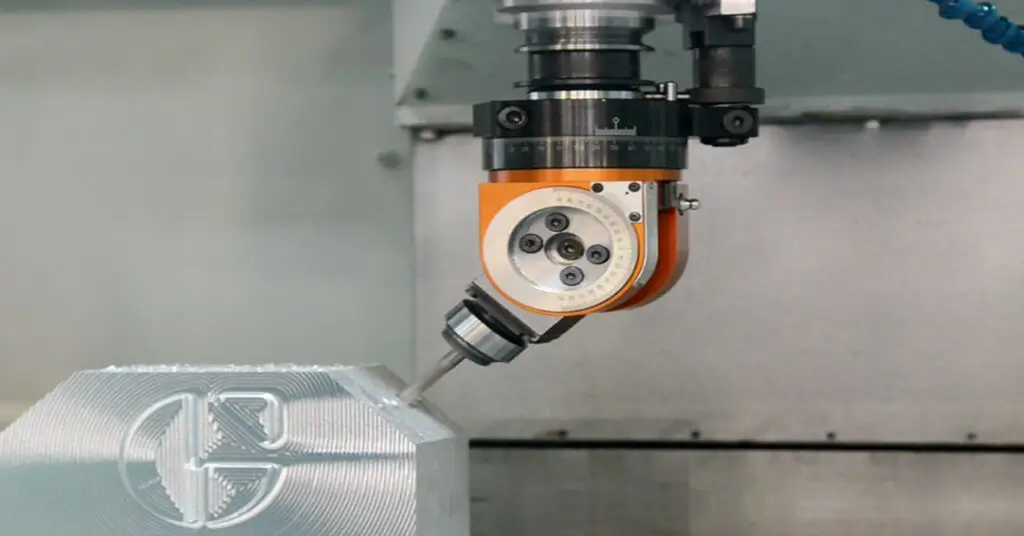
Angle milling
Angle milling is a process of machining features on a workpiece at an angle with the cutter axis. The workpiece is placed on an angle plate or fixture so that unwanted material is cut off to the required size. This method helps develop features such as chamfers, bevels, slots, and, to some extent, dovetail slots. It mainly produces components with a constant cross-sectional or cross-sectional profile.
Form Milling
Form milling employs cutters with edges that have form relief; these cutters have a geometry similar to the required form. These form mills use the cutting tool to rotate the workpiece to produce forms that can penetrate each other on the workpiece. For example, form milling can produce turbine blades or make one component of a specific model of a definite product. The cutter has the right design shape that must be cut and prepared for further use.
Straddle Milling
Straddle milling is used where the workpiece has two flat surfaces at right angles, and both are milled at once. This is made possible by having two or more side cutters on the same arbor since these are expected to be cut simultaneously. It is most suitable for making parallel slots, grooves, and other high-accuracy profiles. Some of the milling applications include the production of jigs, fixtures, brackets, automobile parts, and many more.
End Milling
End milling is one of the most common machining techniques. It employs a cylindrical cutting tool with teeth around the cutter’s circumference. It is suitable for producing fine features like slots, grooves, and other features on the workpiece. The end mill can also cut at an angle across the surface of the material being worked upon. It also recommends that the process have a smooth finish and that cutting on the various surfaces be precise.
CAM Milling
CAM milling is employed to manufacture CAM parts that convert motion in mechanical systems. This process utilizes a diving head tool to swivel the workpiece and remove material to the necessary CAM form. CAM milling is also applied to generate correct and advantageous CAM outlines for mechanical systems and equipment.
Try Prolean Now!
How To Choose the Right Type of Milling Process?
Automobile gearbox face, end, and gear milling are some of the complex and critical manufacturing processes. All have input in the last part; therefore, the right approach to the project must be used. Here is how to make the right decisions for milling operations
1. Material Type
The type of material being used in a specific project is a critical factor in the milling operations to be carried out. Some material characteristics are hardness and thermal conductivity, which determine its machinability. For instance, tool steel is among the materials that are difficult to work with when applying conventional milling methods. To achieve the best result for the tool and the material, ensure the selected operation is suitable.
2. Desired Finish
The other consideration that one has to make when choosing a milling operation is the degree of surface finish. They all offer surface roughness, determining the part’s finish and purpose. Choose an operation based on the required value of roughness (Ra) of the final product:
- Face Milling: Ra 0.8 – 3.2 μm
- End Milling: Ra 0.8 – 6.3 μm
- Slot Milling: Ra 1.6 – 6.3 μm
- Thread Milling: Ra 1.6 – 3.2 μm
- Gear Milling: Ra 1.6 – 3.2 μm
3. Geometric Complexity
Not all types of milling are ideal for fine feature production. The fundamental milling operations are Face, Slot, and Plain milling. These are the most appropriate for shapes without curves, while the others are the end, thread, and gear milling appropriate for shapes with curves. Consider the detail level in the design and cnc milling applications and determine if the chosen operation can cope with it.
4. Machine Parameters and Settings
Parameters like spindle speed, feed rate, and depth of cut define your milling machine’s performance. The most critical factors in the machining process include spindle speed, feed rate, and depth of cut. These factors also include the finish, surface finish, and machining speed. Ensure that the machine has the right features that correspond to the milling operation you will use. However, it should be rigid and work-holding set up to meet the operation’s requirements.
5. Choosing the Right Cutter
Milling can be of many types, each needing a different cutter. A proper cutter should be used to achieve the right results and not harm the tool or the workpiece. For instance, in end milling operations, the tools used include flat end, ball nose, or corner radius cutters. Ensure that you can get a cutter appropriate for the type of milling you wish to conduct.
Conclusion
Selecting the right CNC milling china company for the milling processes is very crucial for the optimal outcomes of your milling project. However, all types of milling have their advantages and can be applied to some geometries and finishes. Prolean Tech provides customized CNC milling, including design improvement, various milling options, and polishing processes. Our quality control department is always ready to ensure all the parts meet your specifications. Contact us today for our quotation and start your CNC milling venture with Prolean Tech.




0 Comments